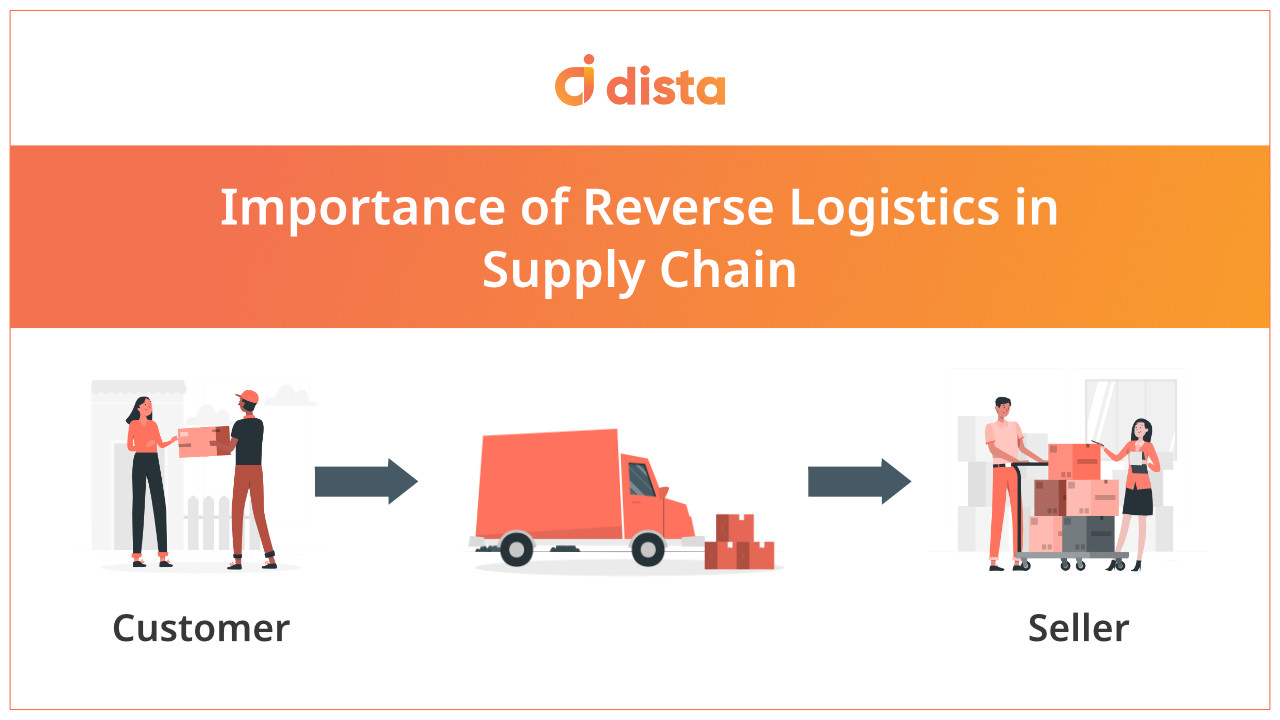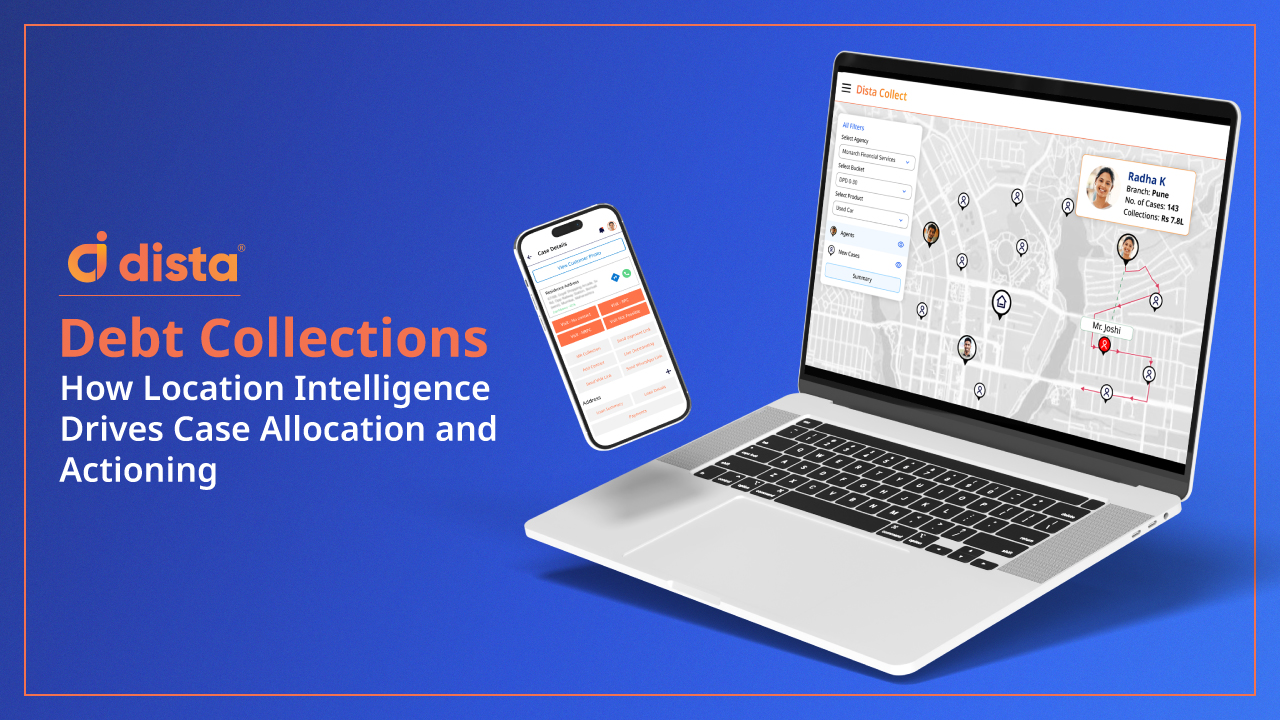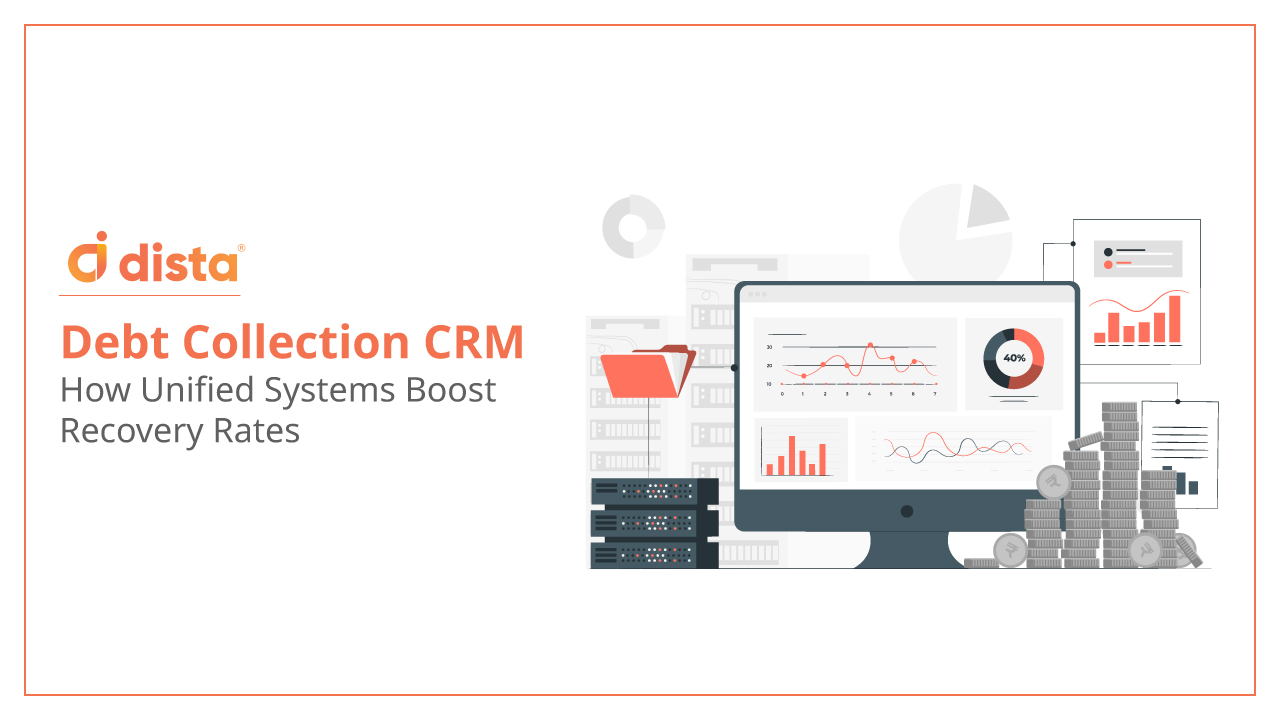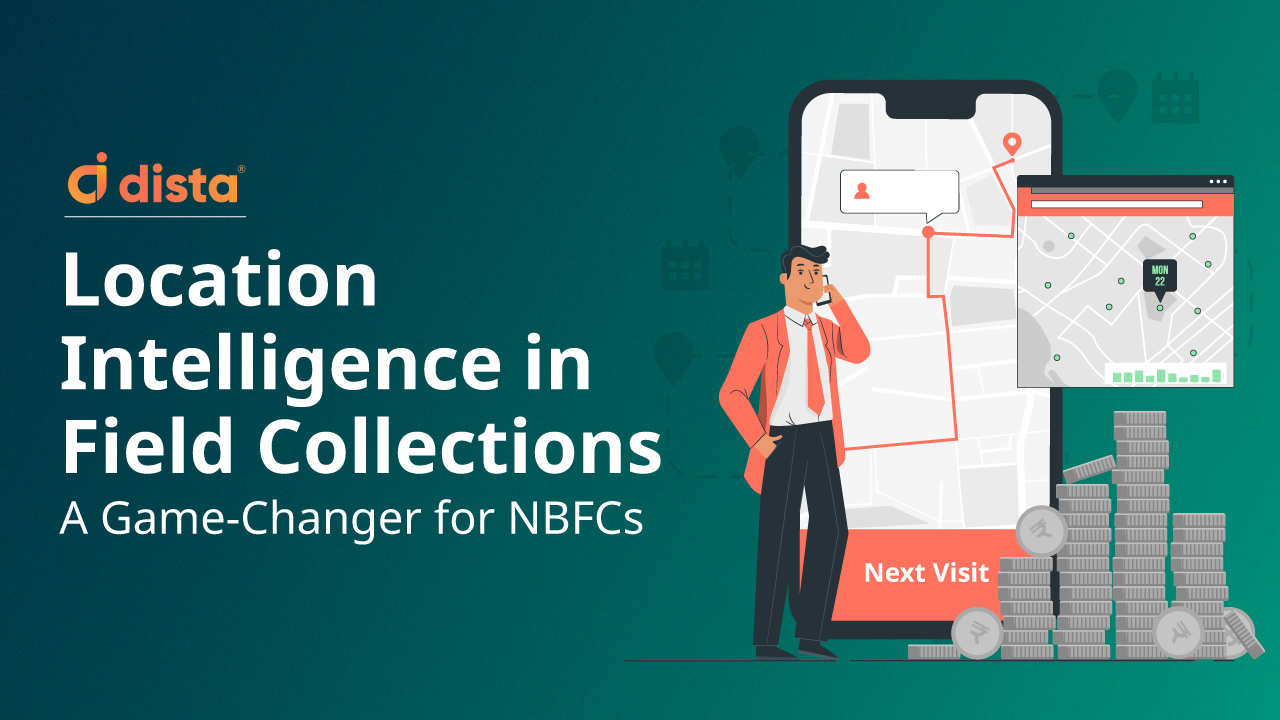What is Reverse Logistics?
Reverse logistics is the process where products and goods move back from the customer to the seller or manufacturer through the supply chain. It essentially means taking products back from customers and reworking them (or parts of them) to create a new product that can be resold.
When is Reverse Logistics Used?
The main aim of reverse logistics is to recover value from assets to boost revenue and reduce expenses. A reverse logistics strategy, when implemented, can also strengthen the efficiency of a traditional supply chain by separating the operations. It completes the product lifecycle to support the reuse and repurposing of products and materials.
Here are some of the reasons customers return products
- They no longer want the product
- They ordered the wrong product
- They received damaged product
- The product did not match its description
All these processes require the product to travel in reverse through your supply chain network to reach back to the manufacturer. As per a study from Aberdeen Group, the average manufacturer spends between 9-15% of revenues on returns. Companies need to optimize their reverse logistics process to maximize asset recovery rates and reduce costs.
Benefits of Reverse Logistics
An efficient reverse logistics program plays a crucial role in customer satisfaction, leading to an increased market share and better retention levels. Let’s take a look at some of the critical benefits of having a robust reverse logistics system.
1) Cost Reduction
Reduce related costs like administration, transportation, aftermarket support costs, QA, shipping, tech support, and more.
2) Greater Customer Satisfaction
Take fulfillment errors as a learning opportunity. It is essential to deliver hassle-free return service as it helps boost customer satisfaction and increases retention. This eventually leads to maintaining brand sentiment.
3) Reduce Losses
You can recover the investment loss in the returned product by repairing and restocking the unit, scrapping it for parts, or repurposing it in a different market. A good reverse logistics program can reduce your losses.
4) Waste Reduction
With reverse logistics, you can find ways to reuse, resell or recycle materials and help reduce waste. In addition to helping with profit margins, it also helps improve your brand’s reputation for social and environmental responsibility. In a bid to help promote waste-reduction initiatives to customers, several companies offer refurbishment incentives and recyclable packaging.
5) Higher Sustainability
Reduce the number of long-haul shipments by shipping all returns to central locations. It is also essential to establish repair centers to fix items locally or with less transportation. It helps boost higher achievements of sustainability goals.
Final Thoughts
Companies need to set the proper infrastructure and adopt intelligent delivery management software to facilitate seamless reverse logistics. A delivery management solution automates the entire delivery process and tracks every step of reverse logistics. Damaged, surplus, or unused goods require the same attention to detail as new materials, but managing them doesn’t have to be complicated. Implementing a strategy of reverse logistics will drastically improve the operations of the business. It will enhance every step of the supply chain, which will have a ripple effect on the company.
Looking for delivery management software? Check out Dista Deliver to streamline your first and last mile logistics.














